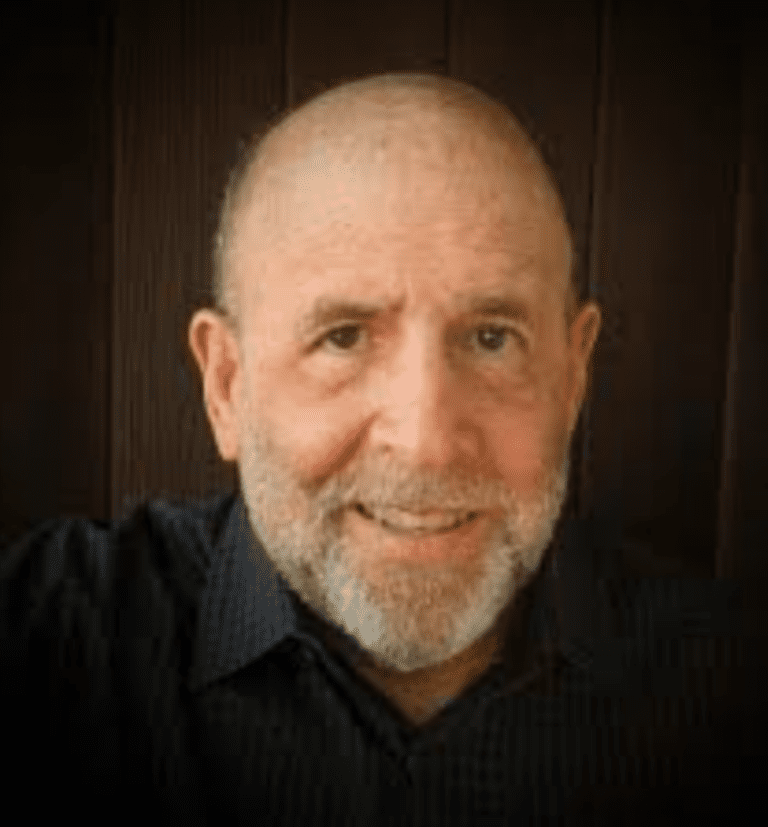
Andrew Malekoff
Pogrom: A Russian word meaning to demolish violently and referring to organized massacres of a particular ethnic group. The mob attacks may be approved or condoned by whomever is in authority.
Such was the case after German troops invaded Poland on Sept. 1, 1939. Gangs of Polish thugs rounded up, tortured and murdered Jews with the invading Nazis’ tacit or explicit approval.
Jan Gross, in his recently re-released book ‘Neighbors: The Destruction of the Jewish Community in Jedwabne, Poland,’ documents how “half of the population of that small east European town, murdered the other half; some 1,600 men, women and children.”
Gross aims for future historians to understand that Nazi evil was not forced on the Polish people, as many believe. Rather, he asserts, “it was welcomed by them.”
His research raises two more universal questions: What motivates one’s neighbors to become mass murderers? And, what can we learn from this about a nation’s character?
These are questions Americans face today.
Taking a sober look back at America’s pogroms, they come more clearly into focus. Like time-lapse photography, centuries of images play through the entire sequence swiftly.
What images?
One is the latest mass shooting in a predominantly black community in Buffalo.
Among the 13 people killed or injured at Tops Friendly Market, 11 were black. Buffalo’s police chief Joseph Gramaglia described the assault as a “racist hate crime.”
Although we can easily travel back centuries to get a bead on America’s pogroms, I suggest we fast-forward from the 19th and early 20th centuries.
We begin with thousands of black Americans lynched in the Antebellum South by white terrorist mobs, who collected disturbing artifacts such as postcards, which they sent through the US Postal Service to silently complicit friends and family.
On October 24, 1871, roughly 500 white and Latino residents attacked and murdered their innocent Chinese neighbors after a policeman and a rancher had been killed as a result of a conflict between rival Chinese gangs.
American pogroms must include the massacre of May 31 and June 1, 1921, when mobs of white residents were handed weapons by city officials to slaughter Black residents and demolish their homes and businesses in Tulsa, Oklahoma.
The Tulsa massacre was triggered by the accusation that a Black teenage boy sexually assaulted a White woman in the elevator of a Tulsa office building.
The 1921 Tulsa pogrom foreshadowed the lynching of Emmett Till, a 14-year-old Black teen who was abducted and tortured in Mississippi 34 years later, after being accused of whistling at a White woman.
Till’s grieving mother demanded an open casket because, in her words, “I wanted the world to see what they did to my boy.”
Fast-forward to Sept. 15, 1963 during Sunday morning services at the Sixteenth Street Baptist Church in Birmingham, Alabama. An explosion, set off by the Ku Klux Klan, killed four young Black girls: Addie Mae Collins (14), Cynthia Wesley (14), Carole Robertson (14) and Carol Denise McNair (11).
“Short of a mass holocaust,” The Washington Post reported at the time, “the bombing of the Negro church must be considered a maximum tragic failure in race relations.”
Although any time-lapse portrayal of America’s pogroms don’t begin in the Antebellum South, if we pick it up from there, there is a straight line leading directly to 1963 Birmingham and 2022 Buffalo.
In the intervening years we became second-hand witnesses to horrifying images at the 2012 shooting at the Sikh Temple in in Oak Creek, Wisconsin (7 dead), the 2015 shooting at the Mother Emanuel AME Church in Charleston, South Carolina (9 dead) and the 2018 shooting at the Tree of Life Synagogue in Pittsburgh, PA (11 dead).
The list goes on, with too many more to add here.
What many of the shooters appear to have in common, whether or not they are living with underlying mental illness, is that they had easy access to firearms and were radicalized on racist and antisemitic conspiracy-oriented online message boards such as 4chan.
In some cases, the perpetrators, including the Buffalo shooter, left behind screeds that include familiar ramblings about Jews surreptitiously controlling world finance and the genetic incompatibility of races.
Sadly, this disinformation has been reinforced by prominent far-right extremists, including elected officials and media personalities who have given a nod to nonsense like the Great Replacement theory, which says that certain elites, Jews in particular, are creating a path for immigrants to replace White people.
Civil rights icon John Lewis said, “No child is born in hate. All children are born in hope love and innocence. It is a troubled world that teaches these vicious values.”
Yet, troubled America’s pogroms continue unabated, despite hard-fought intervening milestones such as passage of the Civil Rights Act of 1964 and the Voting Rights Act one year later.
Nevertheless, it feels as if America’s history of pogroms is accelerating. Almost half of our nation’s adult population – our neighbors, who are affiliated with the Republican party, either openly support the Great Replacement Theory and the 2020 big lie about election fraud, or maintain their silent complicity with such nonsense.
After the 1963 Birmingham church bombing that took the lives of four young girls, Martin Luther King, Jr. said, “God still has a way of wringing good out of evil. The innocent blood of these little girls may well serve as a redemptive force that will bring new light to this dark city.”
That was almost 60 years ago.
For a redemptive force “to bend the arc of the moral universe toward justice,” as MLK famously foretold, and to understand the true nature of America’s character, it requires all hands-on-deck – and, especially to get out the vote.






